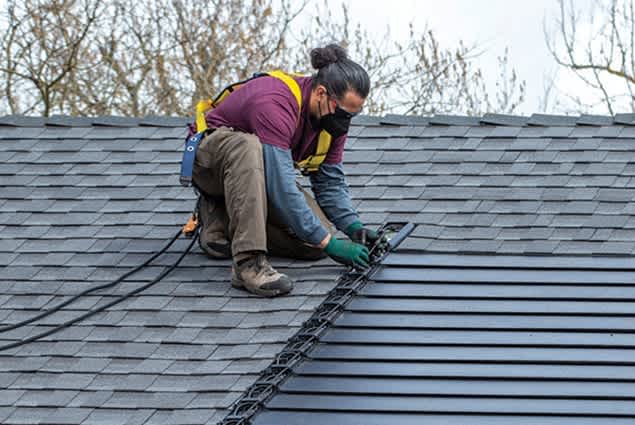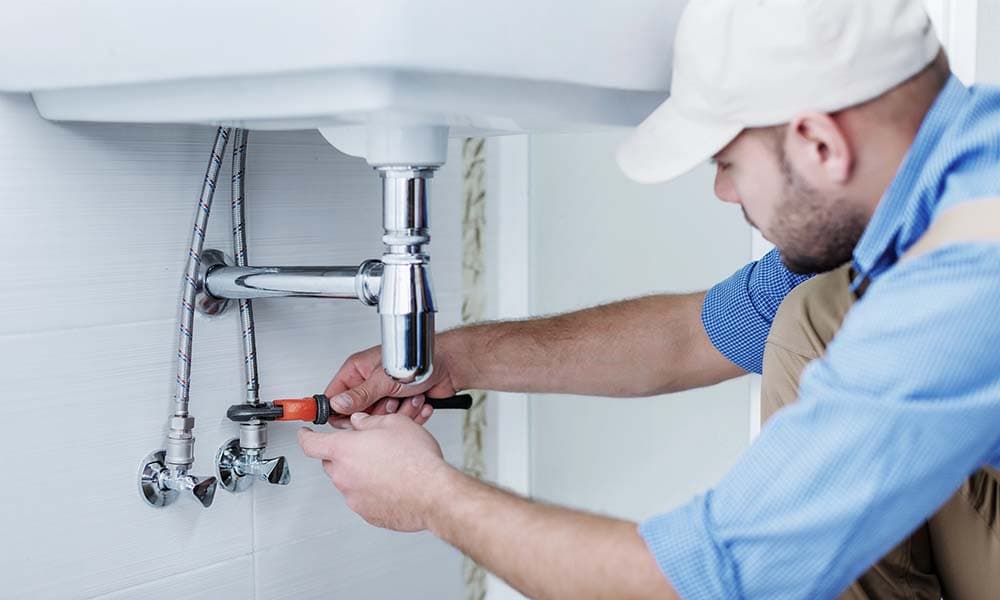Future-Proofing Your Home: Why Solar Roofing is the Smart Choice
Key Takeaways
- Solar roofing offers substantial energy savings and environmental benefits.
- Technological advancements are enhancing the efficiency and aesthetics of solar roofing.
- Initial costs are high, but long-term benefits outweigh expenditures.
- Incorporating solar roofing boosts the resale value of your home.
Table of Contents
- What is Solar Roofing?
- Benefits of Solar Roofing
- Technological Advancements
- Financial Considerations
- Installation Process
- Maintenance Tips
- Boosting Property Value
- Real-Life Success Stories
What is Solar Roofing?
Solar roofing integrates photovoltaic panels directly into roof tiles or shingles, seamlessly converting solar energy into electricity for home use. It’s a sustainable solution that caters to the growing need for renewable energy sources.
Unlike traditional solar panels mounted on the roof, solar roofing incorporates the panels directly into the roofing materials, creating a sleeker look. This innovation has made solar roofing an attractive option for homeowners seeking functionality and aesthetics. Solar roofs can come in various styles and colors, giving homeowners more options to match their home’s architectural design.
Benefits of Solar Roofing
The shift to solar roofing brings a myriad of benefits. Not only does it cut down on energy bills, but it also reduces carbon footprints, contributing significantly to environmental conservation. Residential solar installations have driven job growth in renewable energy industries, as stated by the Solar Energy Industries Association. Opting for a reputable solar roof company ensures quality installation and lasting benefits.
The energy generated by solar roofing can power various household appliances, significantly reducing dependence on non-renewable energy sources. Additionally, in numerous regions, homeowners have the ability to sell any extra energy produced back to the grid through net metering policies, which helps to increase their cost savings even more. Solar roofing systems often have warranties lasting up to 25 years, ensuring long-term reliability and value.
Technological Advancements
In recent years, there have been significant advancements in solar roofing technology. Innovations like bifacial solar panels and improved energy storage solutions have magnified the efficiency of solar roofs. Bifacial panels capture sunlight from both sides, increasing energy production, while advanced batteries allow homeowners to store energy for use during cloudy days or nighttime.
These enhancements ensure better energy capture and storage, propelling the industry forward. Moreover, advancements in materials science have yielded more durable and weather-resistant solar roofing tiles capable of withstanding harsh environmental conditions. This has made solar roofing a versatile option for various climates and geographical regions. Additionally, emerging technologies like solar skins—designed to blend in with traditional roofing materials—make solar roofs even more aesthetically pleasing.
Financial Considerations
While the initial investment in solar roofing can be substantial, government incentives and tax rebates help offset costs. Federal tax credits and state-specific incentives can significantly lower the overall expenditure, making solar roofing more accessible to a broader range of homeowners. OOver the years, the cost-effective choice becomes clear due to the savings on energy and the possibility of boosting property value. Explore the cost-effectiveness of solar roofing.
Additionally, financing options are available from various financial institutions and solar roof companies, making it easier for homeowners …








